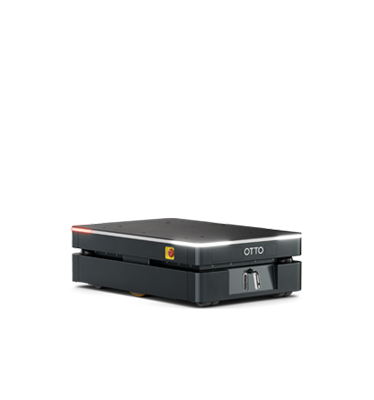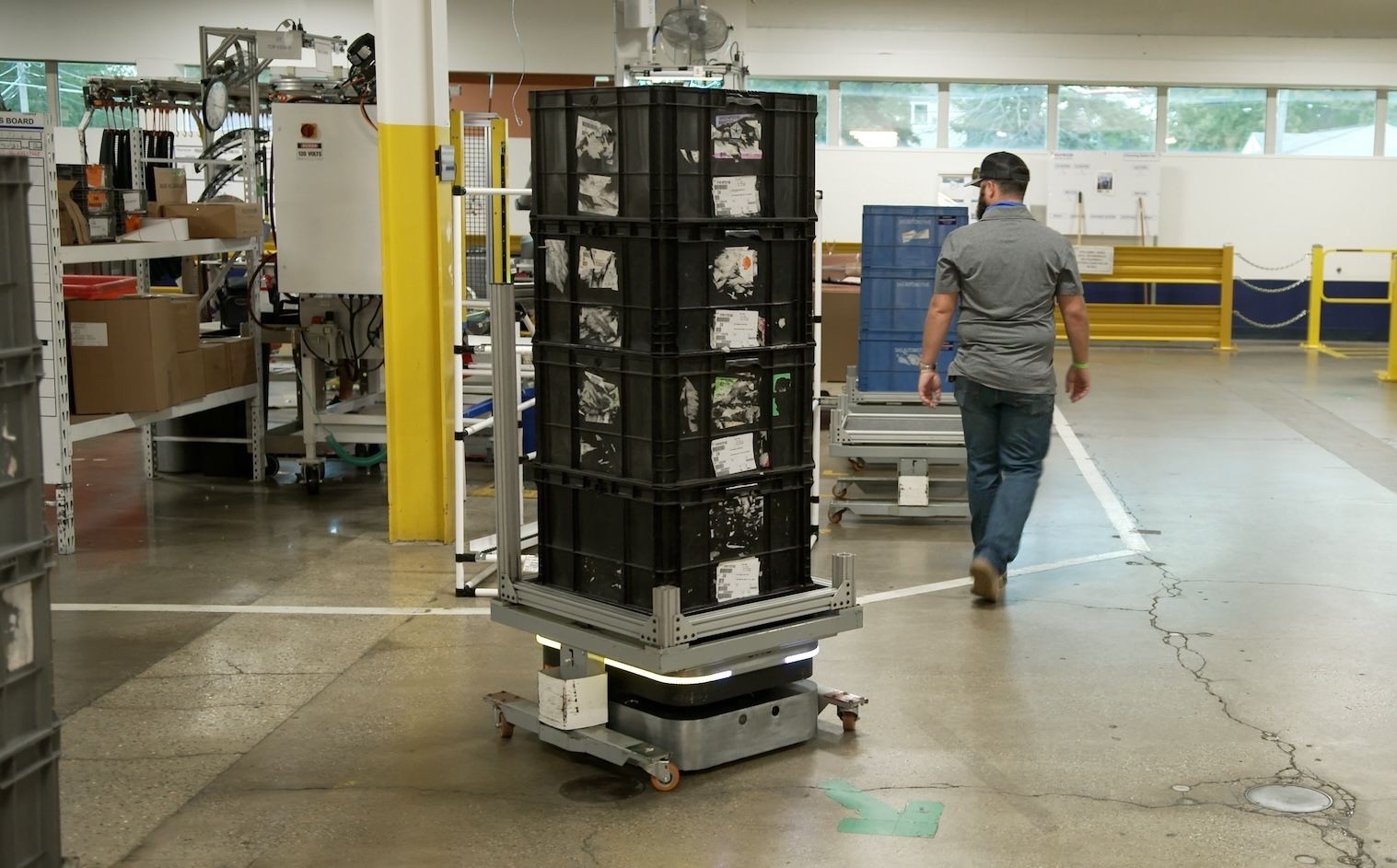Blog
Does automation lead to job loss?

There is no denying that technology and automation are changing the way we work. With advancements in robotics, artificial intelligence (AI), and autonomous mobile robots comes fear that many traditional jobs will disappear in industries like manufacturing. Since the early 2000s, manufacturing’s contribution to the GDP has been declining. As of 2010, manufacturing accounts for 13% of Canada's GDP, a relative decline of more than 2% since 2005. The same trend is true for the United States, with GDP dropping more than 3% from 2000 to 2015.
Is there a correlation between increasing automation and negative GDP growth in the manufacturing industry? Not necessarily.

The same study by Statistics Canada also found that, while manufacturing declined as a relative percentage of GDP, manufacturing volumes between 1961 and 2005 have kept pace with the overall growth in the volume index of GDP. Manufacturers across North America are facing different challenges.
1. A shrinking labor force
The Manufacturing Institute and Deloitte believe that there will be nearly 3.5 million manufacturing job openings in the United States but 2 million will go unfilled due to a skills gap. Leading factors impacting the labour shortage relate to the retirement of baby boomers and the attractiveness (or lack thereof) of the industry to the next generation. Learn more about the Millennial mindset and its impact on labour shortage in U.S manufacturing.

2. Rising labor rates
Rising labour costs in North America are making it harder to produce a positive bottom line while remaining globally competitive. Historically, this has caused companies to move their plants offshore, predominantly in China, as a means of cost-saving.
3. Increasing competition
Increased competition from foreign companies and stateside manufacturers with cheaper labour, property, and utility costs is believed to have contributed to the negative growth in the North American manufacturing industry.
This is a transitionary period for the job force, and not just for larger, more advanced companies. The ongoing adoption of newer and better automation to perform work more efficiently has always existed and will continue as the natural progression for every type of production. At the same time, forecasting exactly how automation will affect the jobs in the future is a difficult challenge. However, there are many examples that indicate new jobs are being created as the result of implementing automation.
Job loss or job opportunity?
There are a number of cases where adopting automation and AI technologies have resulted in higher wages for employees and have created new jobs. A Deloitte study discovered that 3.5 million new jobs were created due to automation, with average annual salaries that were higher by $13,000.
Another example that points to higher wages for employees post-automation is from producer Marlin Steel. When the prices for their core wire basket product line was undercut by foreign companies, they purchased robotic wire-forming machines to make precision products. The company hired more employees at higher wages to oversee the computer-run production processes. Drew Greenblatt, Marlin Steel’s CEO, credits automation with saving the company and enabling it to attract larger clients with more products sold at higher margins.
Final thoughts
While it is undeniable that some industries will face job displacement to automation, new opportunities - and likely entirely new industries - will also be created. The idea that technology and automation will make human jobs obsolete is not supported by any research or indications in the current job market. For most, the disruption will be somewhere in the middle, with certain technologies augmenting the skills of less-specialized workers to help them work faster and more safely.







